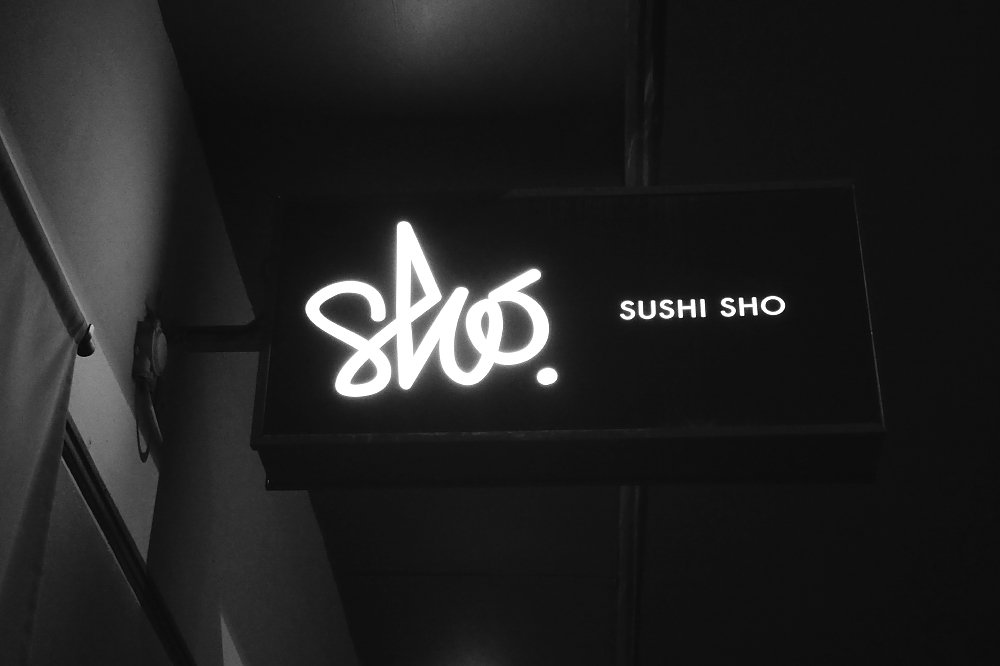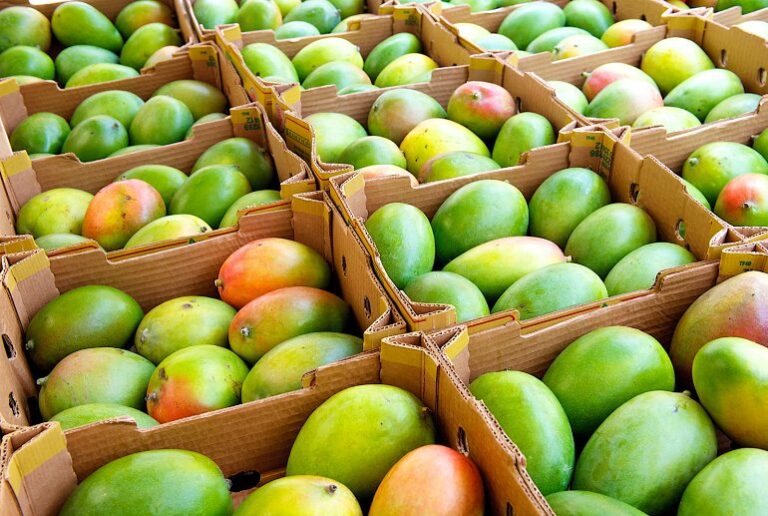Listen to the podcast – The wine list – episode 3 – on Guide Michelin restaurant in Stockholm Sushi Sho [read the full champagne story]
Estimated reading time: 11 minutes

The pod cast – The wine list
episode 3.0
Sushi Sho
★
Stockholm
Sushi Sho: Stockholm’s Reverie in Rice and Raw Fish
Stockholm is a city of immaculate manners and impenetrable calm—Nordic by geography and practically Buddhist by attitude. So what, then, could be more delightfully incongruous than one of the most revered and uncompromisingly Japanese sushi counters outside of Tokyo? This is Sushi Sho, a half-hidden sanctuary on Upplandsgatan where Stockholm’s stoic tastes meet the ferocity of Japanese precision. And who is behind this meticulously orchestrated haven of sashimi and shoyu? None other than Chef Calle Ishizaki, a man with the steady gaze of a surgeon and the aesthetic ambitions of a Noh playwright.
For a Westerner who’s acquired the limited repertoire of sushi options available to the general public—a California roll here, a salmon nigiri there—entering Sushi Sho is akin to being thrust into the deep end of a cultural ocean. This is omakase dining, an experience not for the faint-hearted, where you surrender to the chef’s whims and dare not question the provenance or temperature of each morsel. Calle Ishizaki holds you gently in the palm of his hand, his knives glinting softly in the warmly lit interior, which is as much a stage as it is a workspace.
Setting the Stage
Sushi Sho isn’t large; it doesn’t seat a mass of boisterous diners competing for attention. No, it’s a hushed cocoon for the curious few—seating just twelve at a narrow bar, where you’re close enough to observe Ishizaki’s intense, balletic movements as he prepares each dish with monastic focus. The design is elemental: pale woods, dim lighting, and a quiet, reverential ambiance that would be quite at home in a Kyoto shrine. There’s something wonderfully un-Swedish about the entire affair, and yet Ishizaki has managed to tap into Stockholm’s hidden cravings for deep flavors and unembellished, unapologetic cuisine.

The Man Behind the Knife
Chef Calle Ishizaki is a sort of sushi maverick—a Swede-Japanese who took his culinary pilgrimage to Japan with a fervor. He brings an unmistakable Japanese ethos to his work: each cut is a kind of ritual, every dish a tiny monument to an invisible cultural heritage. In Ishizaki’s hands, sushi isn’t just food; it’s a philosophical statement, a fleeting moment in a very specific and fleeting culinary reality. Watching him prepare each piece, you see a man with the determination to bring his guests to that same realization, to make them see sushi as an art form rather than just an elevated snack.
Chef Ishizaki has the kind of calm intensity you find in people who have mastered a narrow, exacting craft. He speaks little as he works, his focus absolute, his gaze fixed on the fish, the rice, the sharp edge of his knife as it glides, honing and slicing with an intent that would impress a Renaissance painter.
To Calle Ishizaki, sushi isn’t just about raw fish on vinegared rice—it’s a symphony of textures, temperatures, and tastes, and each bite is a unique, unrepeatable event.
The Omakase Experience: Theatrical, Ephemeral, Divine
As a diner, you’re swept into this carefully curated meal, a ballet of sushi courses that seem to flow seamlessly from the chef’s hands. There’s no menu, of course. You’ve surrendered your evening to the chef, trusting him to lead you through a culinary landscape as foreign as it is fascinating. You might start with hirame, delicate white fish with just a touch of yuzu, the taste clean and bright, like a first breath of winter air. Then, a progression into the heartier flavors: aji, saba, uni, each piece treated with reverence, each bite a deliberate movement toward a finale you can only half imagine.
And the rice—oh, the rice!
This isn’t the cold, flavorless afterthought many expect. Calle’s rice is carefully seasoned, just warm enough to meld with the fish, each grain holding a perfect balance of sweet and sour. It’s an interplay of simplicity and complexity that pulls you into the depths of Japanese culinary philosophy: every element both bold and restrained, highlighting the flavors and textures of the fish rather than obscuring them.

Sea Urchin and Swedish Restraint
For the uninitiated, sea urchin—or uni—is a gustatory leap of faith, a creamy, briny delicacy that brings a subtle, oceanic sweetness to the palate. Ishizaki’s uni is a small, sublime masterpiece: served at the perfect temperature to preserve its unique texture, paired with rice so delicate it’s almost an afterthought, an invisible scaffold for the star ingredient. In Ishizaki’s hands, this is food that transcends taste and approaches the realm of experience, a sensory moment that leaves one pondering the complexities of umami.
But make no mistake: while Calle’s dishes are deeply informed by Japanese tradition, there’s an undertone here that’s distinctly Swedish. It’s in the restraint, the minimalism, the rejection of unnecessary garnish or flourish. The fish, the rice, the shiso leaf are all there for a reason.
This is sushi with no distractions, no bells or whistles—simply flavors allowed to speak for themselves.
Service and Sake: Sweden Meets Japan
The service at Sushi Sho is a balance between formal and approachable. The staff is attentive but not hovering, knowledgeable but unpretentious. Sake pairings are an integral part of the meal, curated to match the evolving flavors, from delicate daiginjo to more robust junmai genshu. Each glass brings a new dimension to the meal, an alchemical pairing that somehow enhances the delicate sweetness of scallop nigiri or the bold, fatty richness of toro.
The Verdict: Sublime Sushi, Stockholm-Style
Sushi Sho is not for everyone, and therein lies its brilliance. It’s a place for those who are willing to relinquish control, to let go of preconceptions, and experience sushi as the Japanese intended: quietly, reverentially, with a deep appreciation for each ingredient’s innate qualities. Calle Ishizaki has created a space where Swedish stoicism and Japanese discipline meet, and the result is as captivating as it is delicious.
Here, in a humble corner of Stockholm, Sushi Sho has become a beacon for the devout, a culinary pilgrimage site for those who understand that sushi, done well, is less about satiating hunger than about awakening the senses. If Stockholm ever felt lacking in culinary fervor, that void has been well and truly filled by this modest, mesmerizing gem.
One bite of Calle Ishizaki’s sushi, and you may find yourself on the next plane to Tokyo—if only to see how it’s done at the source.

What about the wine list?
Ah, the wine list at Sushi Sho—it’s a sly, clever addition to the classic omakase that reveals Chef Calle Ishizaki’s willingness to step beyond strict Japanese orthodoxy. While most traditional sushi-ya would stick exclusively to sake, perhaps with the odd shochu or Japanese whiskey thrown in, Ishizaki takes a bold approach, recognizing that Swedish diners, accustomed to pairing wine with just about everything, deserve something extraordinary. And so, alongside a pristine selection of sake, Sushi Sho offers a curated wine list that makes you pause, ponder, and, if you’re adventurous enough, reorder.
You see, the selection here is no timid nod to New World crowd-pleasers. It’s a distinct, intelligent list—eclectic and perfectly suited to complement the nuanced, often delicate flavors of raw fish. You’ll find a smattering of high-acid whites from regions like Loire Valley and Jura, wines that can stand shoulder to shoulder with the umami-rich depths of aged fish. The sommeliers have chosen carefully, understanding that sushi’s subtlety needs a wine with brightness, minerality, and a whisper of salinity.
They pour biodynamic Rieslings, sharp as a morning frost and fragrant as a Nordic meadow, which somehow lift the flavors of scallop or sea bream to unexpected heights. There’s a lean, mineral-driven Chablis here, too—its flinty backbone a perfect foil for fatty tuna or silky eel. And if you’re lucky, they might suggest a Grüner Veltliner, that darling of sommeliers everywhere, with its peppery freshness and hints of orchard fruit.
But the real magic of this wine list is in its pairing flexibility. Sushi Sho’s sommelier understands the nature of omakase—courses that evolve in complexity and intensity—and can pivot from a lean Albariño for the lighter courses to a more oxidative Jura Savagnin as the meal unfolds, enhancing flavors without overpowering the delicate balance on the plate.
And yet, it’s the sake that remains a kind of spiritual backbone, grounding each pairing in tradition. Here you’ll find some of Japan’s most refined brews: daiginjo, ginjo, and unfiltered nigori, each chosen to create harmony with particular courses. They might suggest a koshu (aged sake) with richer pieces, where its complexity mirrors the umami in the fish.
In many ways, the wine list at Sushi Sho mirrors Chef Ishizaki’s culinary philosophy: deeply respectful of Japanese tradition but with just the right amount of Swedish pragmatism. The wines aren’t here to steal the show; they’re supporting players, carefully considered and thoughtfully placed, letting Ishizaki’s creations shine in the limelight. But they’re also a nod to Sweden itself, to the diners who come with an expectation for impeccable taste and innovation.
This wine list invites you to appreciate sushi in a new way—to discover how Western and Eastern flavors can converge without one overshadowing the other. In doing so, Ishizaki has given us not only a meal but an experience, a chance to sip and savor the essence of two cultures that rarely collide so harmoniously.

And the Champagne selection ?
Ah, yes—the Champagne selection at Sushi Sho is precisely the kind of understated luxury that makes you smile with a sense of mischief, like discovering a rare pearl hidden in the modesty of a seashell. If you thought Champagne was just an extravagant flourish on the sidelines of omakase, think again. Calle Ishizaki and his sommelier know better. Here, Champagne is a supporting character that can hold its own, an elegant dance partner to the delicate yet layered flavors of Japanese seafood.
The list is a carefully chosen symphony of fine grower Champagnes and a few classic names, each selected for its brightness, minerality, and ability to meld with the fish’s fresh, pristine flavors. Ishizaki’s team understands that Champagne’s acidity, effervescence, and hints of brioche or citrus can complement sushi’s clean profile and elevate its subtler flavors. After all, Champagne is all about structure and restraint—two qualities that resonate beautifully with the ethos of Japanese cuisine.
For those who lean toward the classic, you might find a precise, chalky Blanc de Blancs from the Côte des Blancs, its citric, mineral-driven notes a superb companion to something delicate, like hirame or leaner cuts of sashimi. A bottle of Pierre Peters or Agrapart might appear on the list, with their bone-dry finishes and flinty characteristics, lending a slight edge to balance the sweetness of scallop or the tender bite of cuttlefish.
And then there are the growers—those small-scale producers, the rock stars of Champagne, who craft wines that are equal parts bold and sophisticated. A hint of toasty autolysis, a touch of orchard fruit, and a bracing acidity make these Champagnes a match for courses that offer more intensity, such as mackerel or marinated tuna. You might find offerings from producers like Egly-Ouriet or Jacques Selosse, whose champagnes have the kind of complexity that dares you to pay attention and elevates dishes without a hint of arrogance.
For the grand finale—perhaps served alongside otoro, with its sumptuous, melt-in-the-mouth fat—a deeper, richer Champagne might be poured. The more oxidative notes of a vintage Bollinger or a Krug are nothing short of revelatory when paired with the buttery texture of fatty tuna, a combination that redefines indulgence and highlights Champagne’s astonishing range. And for the adventurous, there might even be a rosé Champagne, delicate yet intense, to amplify the flavors of shellfish or uni.
The beauty of Sushi Sho’s Champagne list lies in its restraint and quiet sophistication, much like the cuisine it accompanies. Each bottle feels chosen not just for its label, but for its harmony with the chef’s vision. It’s not a sprawling list but a carefully curated selection that hints at Swedish elegance and Japanese rigor—a duet of East and West in each glass, revealing new notes with every sip.
At Sushi Sho, Champagne isn’t an extravagance. It’s a revelation.






